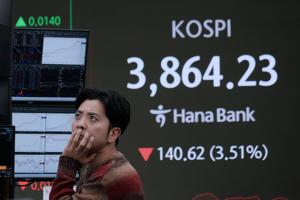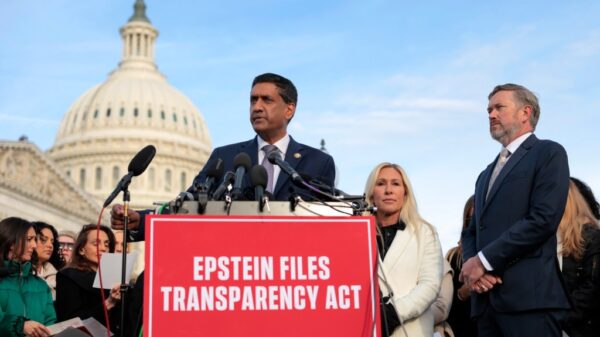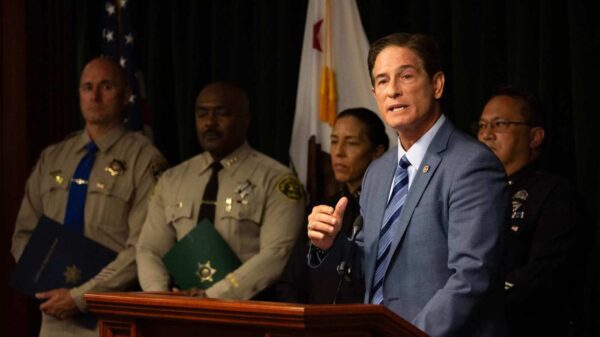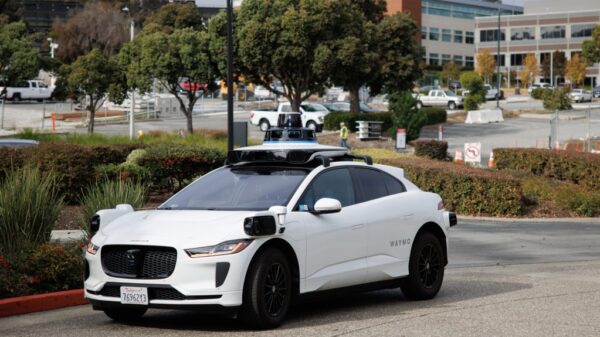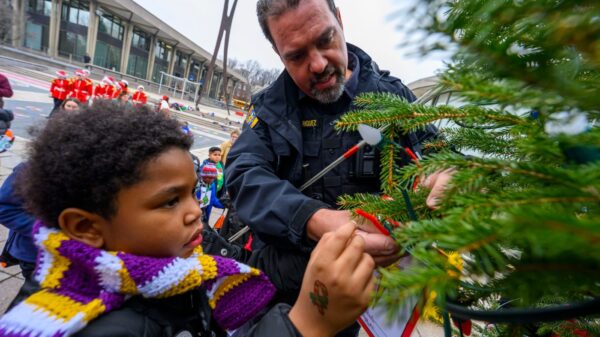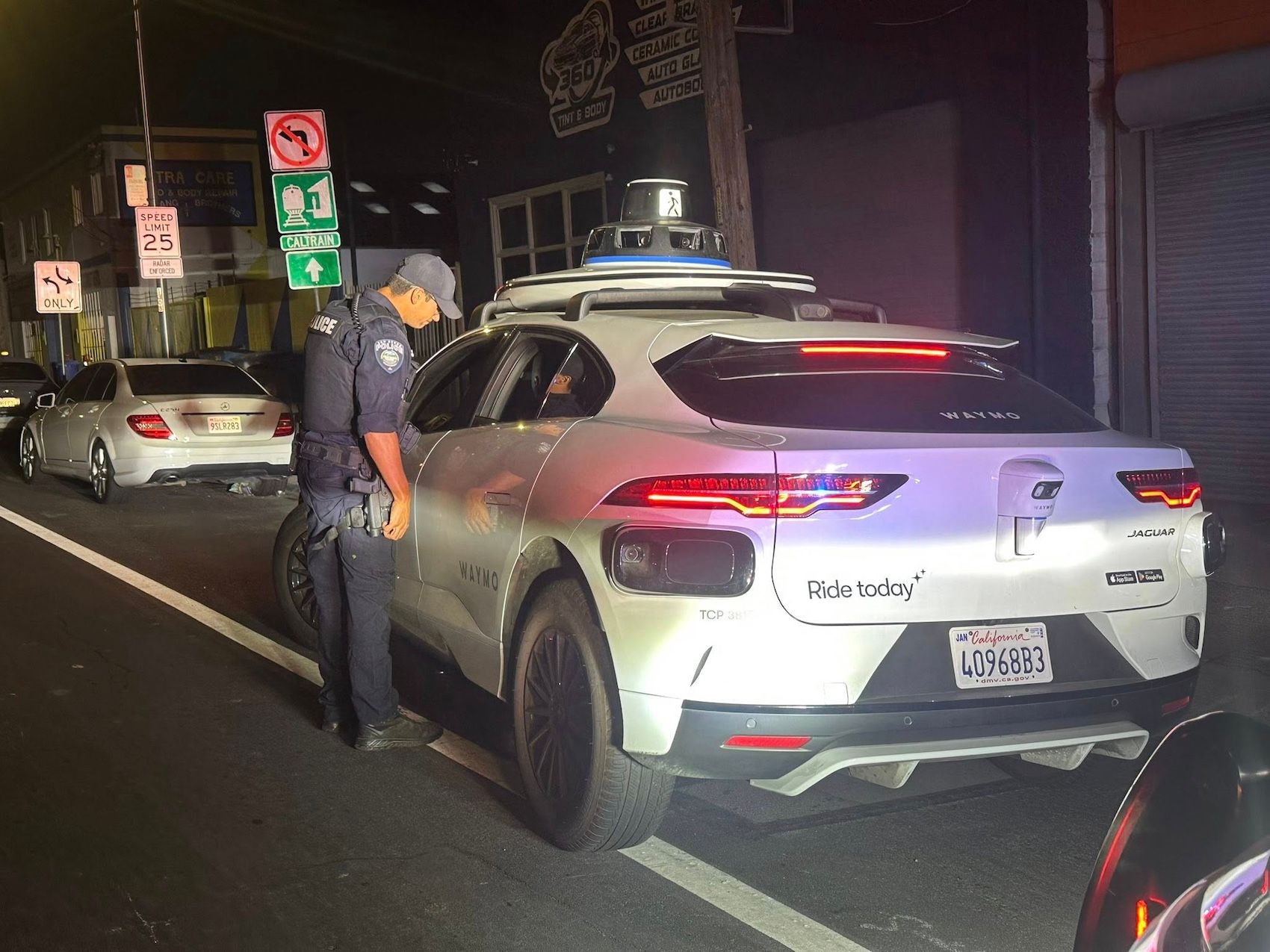The San Bruno Police Department recently faced a unique challenge when officers observed a driverless Waymo vehicle making an illegal U-turn at a traffic light. This incident highlights ongoing questions about how to regulate autonomous vehicles that violate traffic laws, as current legislation does not provide a framework for penalizing such actions.
On a routine patrol near the San Bruno Caltrain station, officers were monitoring for impaired drivers when they noticed the Waymo committing the traffic violation. Upon realizing there was no human driver present, the officers reported the situation to Waymo, describing it as a “glitch.”
The police department communicated on social media that issuing a ticket was not possible since existing citation books do not accommodate violations by vehicles without human operators. The department’s post humorously noted, “Since there was no human driver, a ticket couldn’t be issued (our citation books don’t have a box for ‘robot’).” They expressed hopes that the vehicle’s programming would be updated to prevent future infractions.
This incident underscores a larger issue surrounding autonomous vehicles and traffic enforcement. Currently, there are no laws in place that allow police to issue citations to driverless vehicles directly. However, this situation is set to change.
California lawmakers have approved a new state law, which will take effect in July 2026. This legislation will enable law enforcement to issue tickets directly to companies operating driverless vehicles when their cars violate traffic regulations. By establishing clear accountability, the law aims to address the regulatory gaps that exist in the current framework for autonomous vehicles.
As technology continues to evolve, the interaction between law enforcement and autonomous vehicles will likely become more complex. The San Bruno Police Department’s experience with the Waymo incident serves as a timely reminder of the challenges authorities may face as they navigate this rapidly advancing field.
With advancements in autonomous driving technology, it is crucial for regulations to keep pace, ensuring safety and accountability for all road users. The upcoming changes in legislation may provide a clearer path for enforcing traffic laws related to driverless vehicles, but until then, incidents like the one in San Bruno will continue to raise important questions about public safety and technological oversight.






